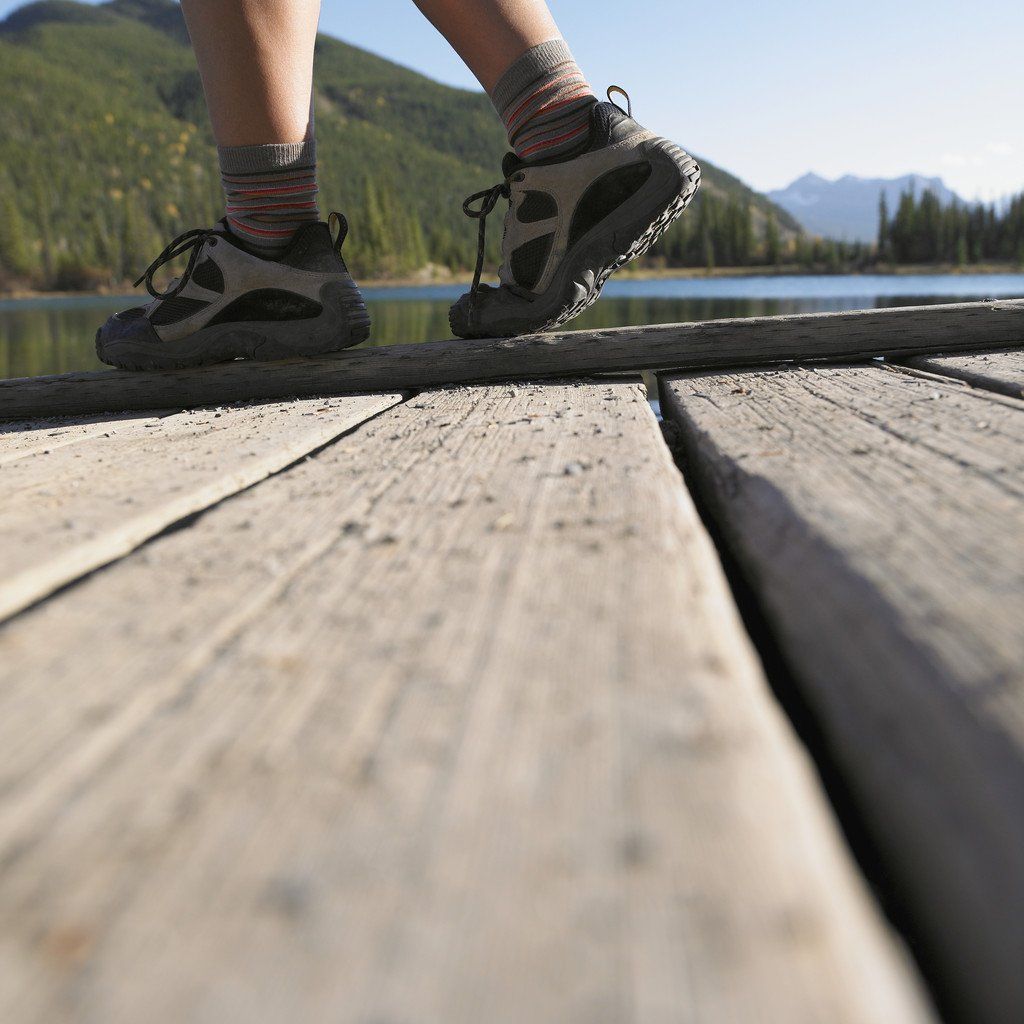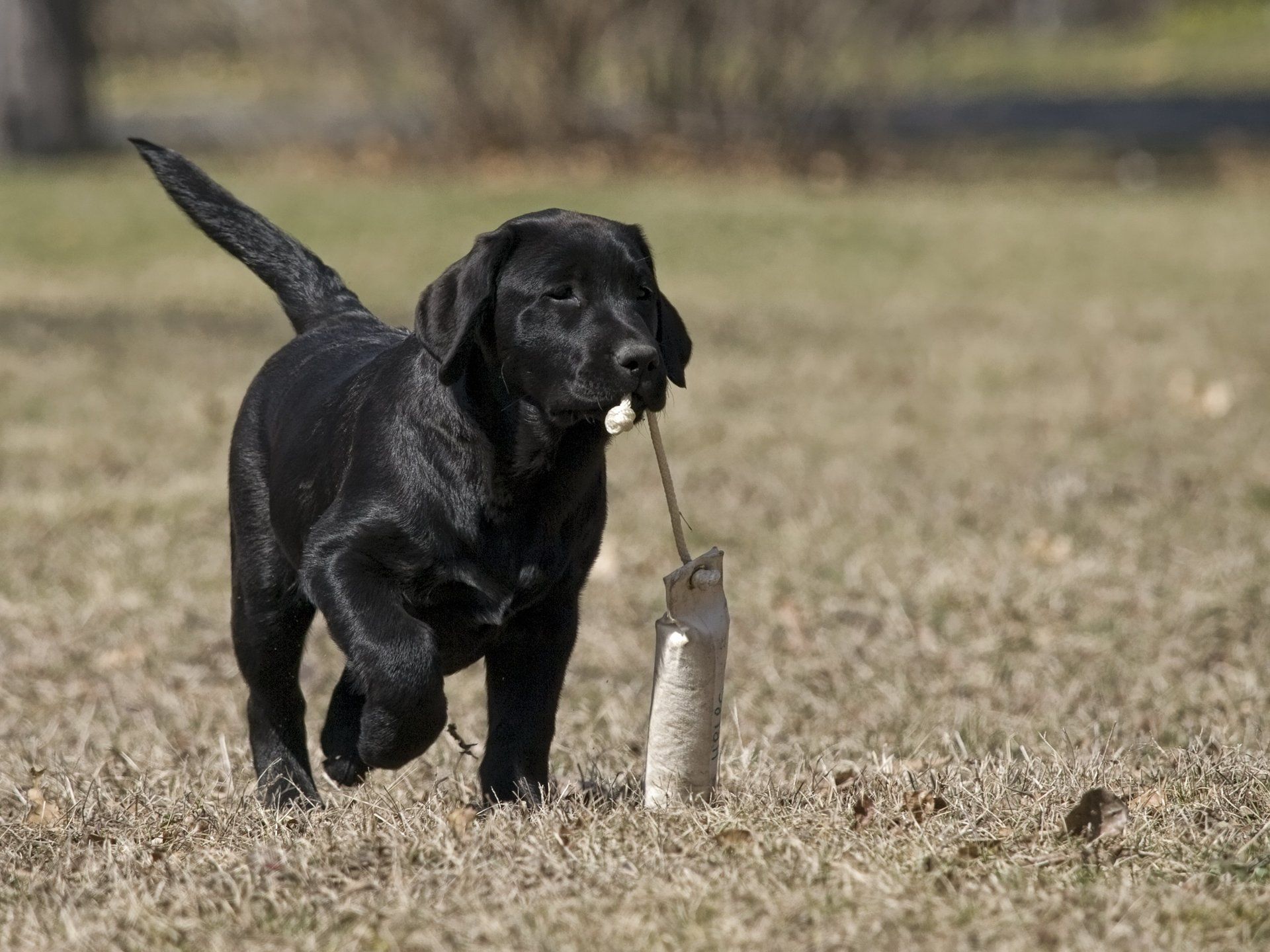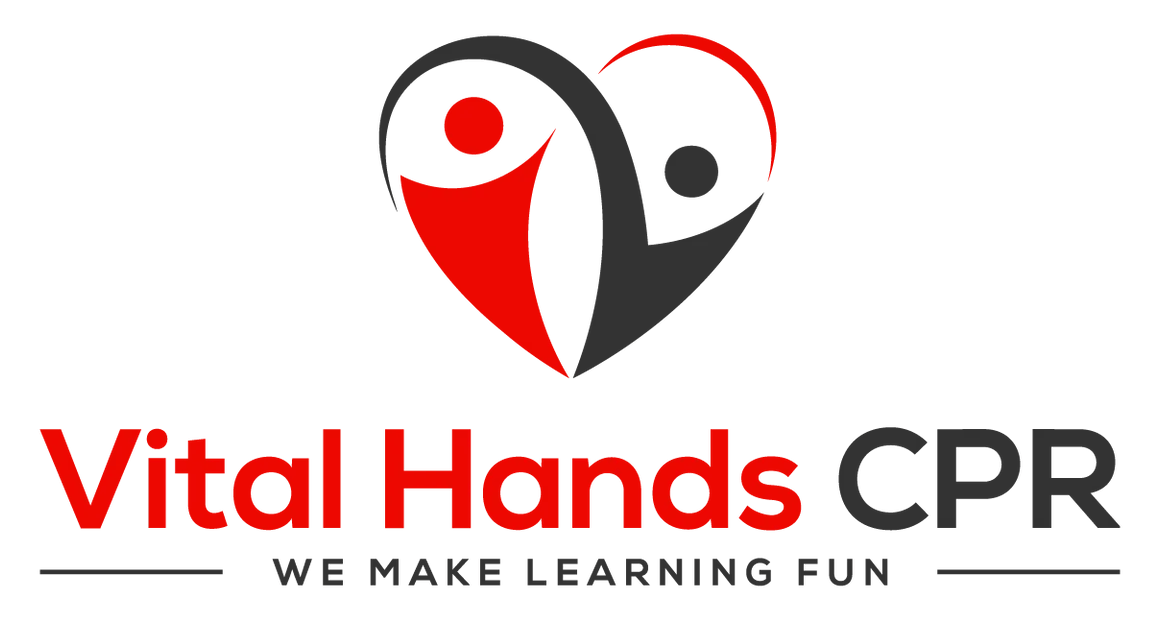Ice Safety
Staying Safe on Ice: A Guide to Ice Safety
Introduction:
Winter brings the magic of icy landscapes, creating opportunities for fun activities like ice skating, ice fishing, and winter sports. However, it's crucial to prioritize safety when venturing onto frozen surfaces. Understanding the principles of ice safety can prevent accidents and ensure a delightful winter experience.
Types of Ice:
Different types of ice have varying levels of thickness and strength. Clear ice is generally stronger than opaque or "snow ice." Stay vigilant and avoid areas with cracks, bubbles, or slush, as these indicate weaker ice.
Ice Thickness Guidelines:
Always check the ice thickness before going onto a frozen surface. The following guidelines can help determine if the ice is safe:
- 2 inches or less: Stay off.
- 4 inches: Suitable for a single individual walking.
- 5 inches: Safe for a small group.
- 7 inches: Safe for a small car or snowmobile.
- 8-12 inches: Safe for a medium-sized vehicle.
: Signs of Unsafe Ice:
Recognize warning signs that indicate unsafe ice conditions:
- Cracks: Visible cracks or fractures can signify weak ice.
- Flowing Water: Avoid areas near flowing water like rivers or streams.
- Snow on Ice: Snow insulates ice, making it weaker. Be cautious on snow-covered surfaces.
Safety Equipment:
Equip yourself with safety gear before heading onto the ice:
- Ice Picks: Carry ice picks to help pull yourself out of the water if you fall through.
- Life Jacket: A buoyant life jacket can be a lifesaver in case of emergencies.
- Rope: Keep a throw rope handy to assist others in case of a rescue.
Buddy System:
Always go onto the ice with a buddy. If an accident occurs, having someone there increases the chances of a swift and effective response.
Reach, Throw, Go Techniques:
When someone falls through the ice, it's essential to know how to respond. Follow the "Reach, Throw, Go" techniques:
- Reach: If the person is nearby, use a long object, such as a pole or branch, to extend your reach. Lie down to distribute your weight and reach out to the victim.
- Throw: If you can't reach the person, throw a rope, lifebuoy, or any other floating object. Instruct the individual to grab onto the object while you pull them to safety.
- Go: If the situation is dire and you are trained in ice rescue, go to the person, but ensure you maintain your safety. Use a board or other flat object to distribute your weight as you crawl towards them.
Conclusion:
Winter offers a wonderland of icy adventures, but safety must be the top priority. By understanding the characteristics of ice, following thickness guidelines, recognizing warning signs, and using safety equipment, you can enjoy the beauty of winter without compromising your well-being. Remember, the key to a successful ice outing is preparation and awareness. Stay safe and enjoy the frosty wonders of the season!






